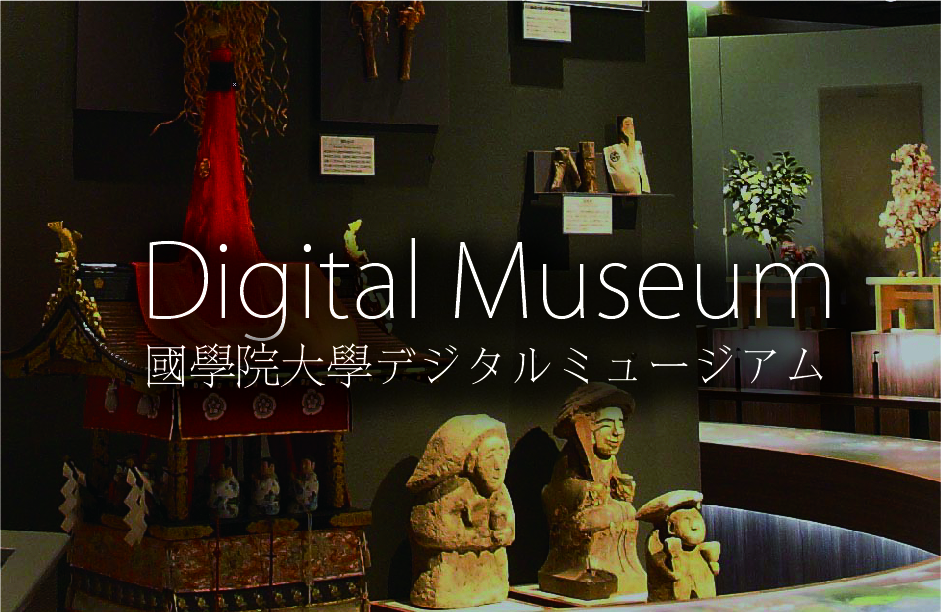- トップ
- Encyclopedia of Shinto
- Jōshi
Encyclopedia of Shinto
| Main Menu: | |
| Links: |
詳細表示 (Complete Article)
| カテゴリー1: | 5. Rites and Festivals |
|---|---|
| カテゴリー2: | Rituals in Daily Life |
| Title | Jōshi |
| Text | Seasonal festival that takes place on the third day of the third month; also called genshi and jōmi. One of five seasonal celebrations (gosekku) established as holidays by the Tokugawa bakufu. This celebration is generally known as hinamatsuri (Doll Festival) or momo no sekku (Peach Holiday). Originally, the term jōshi referred to the first day of the snake in the third lunar month. In China, on that day people would go to the waterside to drink alcohol, cleanse their impurities, and perform a ritual to call the soul of deceased family members back from "the other shore" so that they may be reborn in this world. In Japan, too, the custom of holding a kyokusui no en ("river-bend party") arrived early on from China; on this day, people would sit at a bend in a river or stream to float their cups down the river, recite poetry, and drink sake. During the Heian period, an event known as jōshi no harai was held primarily among the nobility in which, on jōshi, a family would summon a yin yang divination master to perform purification rites, rub their bodies with a doll, and then float the doll down the river. Customs of this sort known as nagashi hina that entail floating dolls down rivers still exist in many areas of Japan today. The practice of beautifully decorating the doll instead of throwing it in the river started in the Edo period and has become popularized as the hinamatsuri. Over time, the number of decorated dolls used in the celebration would increase, as would the number of tiers for the display. Two-tiered displays came into use sometime between 1748 and 1751, and three-tiered displays debuted sometime between 1764 and 1772. These days, the hinamatsuri is specifically considered to be a girls' festival, and offerings are made of hishimochi (three stacked, diamond-shaped, rice-cakes colored green, white, and pink) and unfiltered sake. As this day also coincides with the season for gathering shellfish at low tide, the event in some areas becomes one of joyful celebration that includes eating such foods as turban shells and clams. — Yumiyama Tatsuya |





